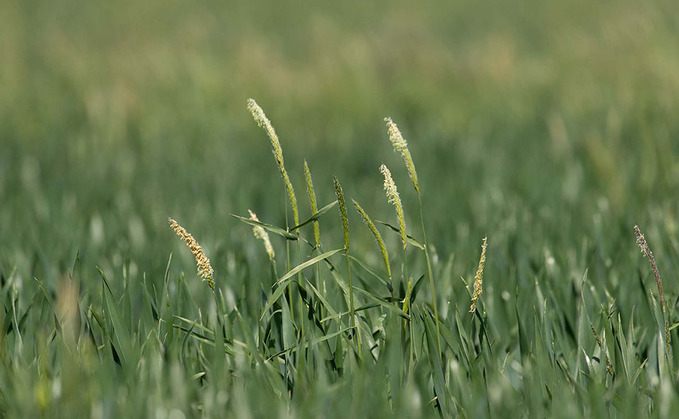
Black-grass is a challenge many farmers face, but trials have found September-sown winter wheat can be grown long-term on land with a history of infestation. Work at Agrovista’s heavy-land Lamport AgX...

Black-grass is a challenge many farmers face, but trials have found September-sown winter wheat can be grown long-term on land with a history of infestation. Work at Agrovista’s heavy-land Lamport AgX...
PEDIGREE HEREFORD AND ANGUS BULLS FOR SALE